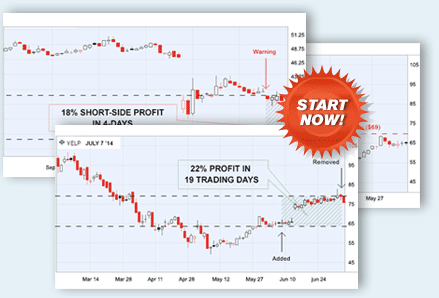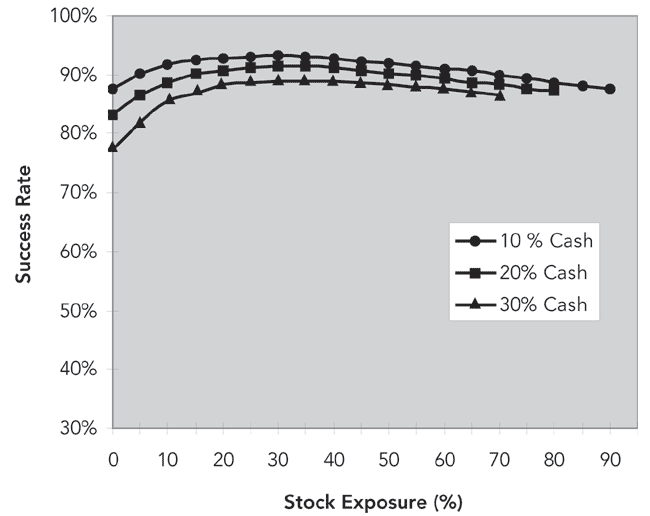5 Fixedincome bearmarket strategies
Post on: 13 Апрель, 2015 No Comment

Managing Income In Retirement
If you withdraw regular amounts from your portfolio to cover your living expenses during a market downdraft, you must sell more shares at a lower price. It’s essentially the reverse of dollar-cost averaging, which is what you did during the accumulation phase when you invested money at regular intervals. Dollar-cost averaging involves buying more shares when the market is down or fewer shares when it’s up.
You’re liquidating a portion of the portfolio and locking in those negative returns and creating some very bad outcomes, says Stephen Horan, head of private wealth management for the CFA Institute and co-author of The New Wealth Management.
We call that sequence-of-return risk, he says.
In such a scenario, it’s best to leave stocks alone to recover from the loss and to draw instead on the fixed-income portion of your portfolio. Retirement experts recommend employing one of the top five fixed-income strategies to ensure enough income in a bear market. Following are the pros and cons of each method.
CD ladder
A solid fixed-income strategy begins with calculating your bare-bones expenses and looking at what you will receive from Social Security and any defined-benefit pension. Next, choose a vehicle to ensure enough income each year to make up the difference.
One simple option is to design a CD ladder. such as a combination of one-, three- and five-year CDs, the principal amounts of which will cover your income needs in case stocks fall, says Rick Rodgers, a Certified Financial Planner in Lancaster, Pa. If the stock market is up, you can reinvest funds from the maturing CDs in higher-rate CDs rather than spending the principal.
You’re never going to make money in fixed income; that’s not the purpose of it. After taxes and inflation, it’s break-even at best, Rodgers says. This is particularly true in these times of low yields.
When the market is going up, I am going to be overweighted in stocks so I will be selling some stocks and putting it into fixed income, says Rodgers. It smooths out the ups and downs.
The downside of a CD ladder: low yields, no upside as the market fluctuates and continual effort to reinvest maturing CDs, says Lynn Mayabb, CFP, a senior managing adviser at BKD Wealth Advisors in the Kansas City, Mo. office.

Don’t let CD penalties prevent you from withdrawing your cash early, though. Weigh the penalty against the potential gain or need, Mayabb says.
Bond ladder
If you’re looking for a little higher yield, consider creating a ladder of bonds with sequential maturities. Having that money come due on a regular basis eliminates the need to have a lot of money sitting in cash, Rodgers says.
The two key risks to investing in bonds are interest rates rising and credit quality declining. We address both of those issues by laddering it. Each one of those bonds that makes up the bond ladder is different, he says.
It’s a good idea to stick with highly rated bonds and stable companies, and be sure to monitor your picks for any decline in quality.
One danger of a bond ladder is that you can inadvertently shift the asset allocation of your portfolio if you don’t manage carefully, Horan says. As the front of the ladder matures, the makeup of your investments shifts. On the plus side, you’ve guaranteed enough income for the critical first years of retirement, which set the initial path for your retirement portfolio, he says.














